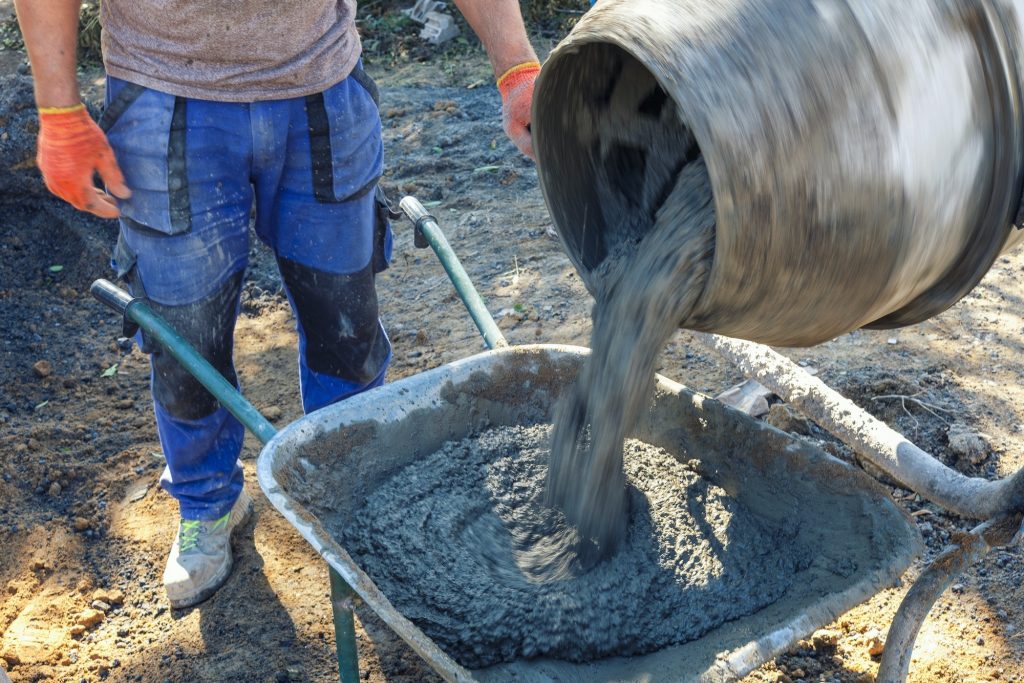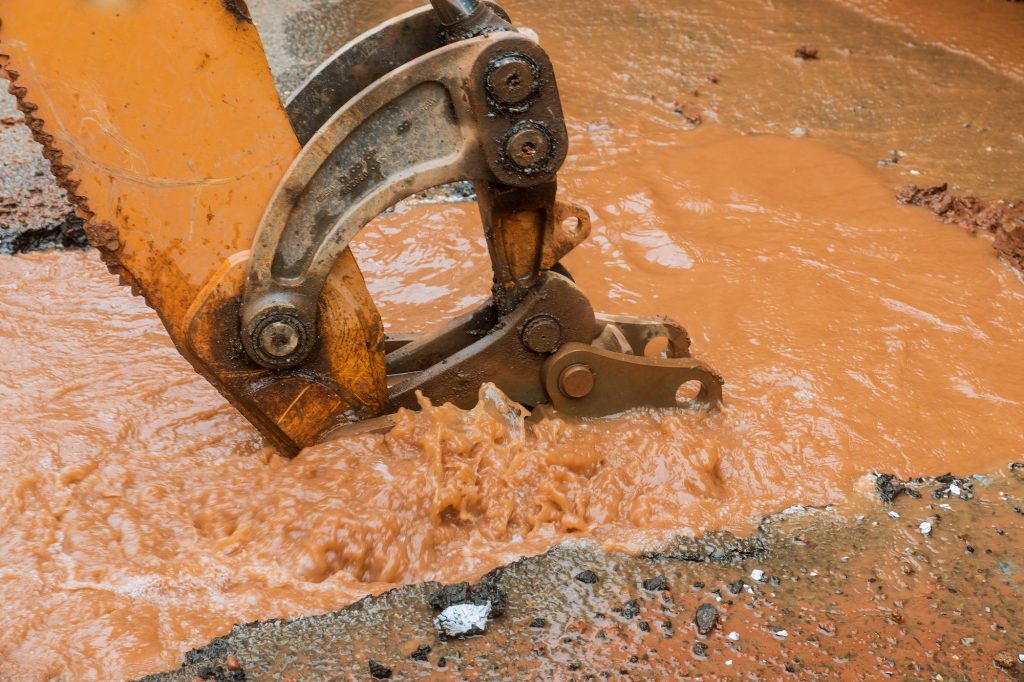What Are the Disadvantages of Filtered Water?
Using a filtration system to get clean water has many advantages, but there are also a few disadvantages. It is important to consider these when deciding whether or not to invest in a filtration system for your home. Fortunately, there are several choices out there for you to choose from, including distilled, infrared, reverse osmosis, and microfiltration.
Reverse osmosis filtration
Using reverse osmosis filtration, you can get cleaner, fresher and better tasting water. However, this process is not without its disadvantages.
Reverse osmosis filtration can also leave behind larger particles. This can cause problems with pH. The resulting water is acidic. Depending on your usage, you may need to replace your filter more often.
Reverse osmosis is a popular method for purifying drinking water. It uses a semi-permeable membrane to separate inorganic and organic contaminants from the water.
The membrane can have holes as small as 0.0001 microns. This allows for smaller molecules to pass through, but prevents large molecules from getting through. This means that a reverse osmosis filter will need to be replaced more frequently.
Another disadvantage of using reverse osmosis filtration is the amount of pressure that the system requires. The pressure can be so high that it pushes out the contaminants rather than moving them from the solution. This means that the system can get clogged over time. You may need to hire a professional for maintenance.
The membranes used in reverse osmosis filtration systems are vulnerable to chlorine. If the membrane is exposed to chlorine, it will begin to break down and rot. This makes it important to use a carbon filter to protect the membrane elements from damage.
In addition, the membrane is susceptible to corrosion. It is best to use a thin film composite membrane instead of a cellulose triacetate membrane. This type of membrane is more durable and will last longer.
Reverse osmosis works by applying pressure to the salt solution. This forces the ions and minerals out of the water. It is important to note that the osmotic pressure is dependent on several factors, including the amount of solute, the pressure applied and the concentration of the solute.
Activated carbon filtration
Activated carbon filtration is an inexpensive and convenient way to purify water. Whether you want to purify drinking water, laundry water, or drinking water for a pet, a filtration system can help you get rid of unwanted tastes, odors, and impurities.
There are several types of filters for removing contaminants from water. The type of filter you buy depends on what contaminant you are trying to remove. You should also choose a filter that is certified to remove the contaminant you are looking for. Choosing the right filter is important to protect your family.
Activated carbon is a natural filtration media that has the ability to adsorb and trap a variety of molecules. It is a popular filter medium in air and water filtration devices.
An activated carbon filter can help to remove radon, chlorine, and other man-made organic chemicals from your water. It can also improve the taste of your drinking water. Some of the other benefits of using an activated carbon filter include the removal of iodine, nitrates, and hardness.
The effectiveness of an activated carbon filtration unit depends on how much untreated water it contacts. A unit that has a larger bed volume will have a greater impact on the amount of contaminants removed. It should be replaced on a regular basis.
Activated carbon filters can be purchased in two main styles. They are either pour-through or bonded. Both are inexpensive and portable. Unlike a bonded filter, a pour-through unit will only treat a small amount of water at a time. This makes it an ideal choice for camping or picnics.
The average lifespan of an activated carbon filter is between two and six months. This depends on the size of the filter, the amount of contact it has with untreated water, and the type of activated carbon used.
Microfiltration
Whether you are in the food, pharmaceutical, or electronics industries, you probably use microfiltration to clarify liquids. It works by moving water through a fibrous membrane, which stops and traps microscopic contaminants. It is also used in the purification of wine, fruit juices, and milk.
While the process of purification through microfiltration is a cost-effective means to obtain high-quality liquids, there are some disadvantages. It is not effective in getting rid of viruses, bacteria, or other dissolved matter, and its efficiency is limited.
To control microbial and inorganic fouling, chemical cleaning is often required. However, the literature on chemical cleaning of microfilters is largely limited. A few studies have investigated various strategies for fouling reduction, but the scope of these studies is limited. In addition, many of the chemicals used during cleaning can have a negative impact on the membrane surface.
Although the process of chemical cleaning is integral to the operation of the membrane, there is no comprehensive study on its effectiveness. This article will provide an overview of some of the common chemical cleaning methods in microfilters.
In the first stage of chemical cleaning, a sodium hydroxide solution was applied. After a fifteen-minute treatment, the residual permeability was 35%. The membranes were then cleaned with a 0.5% citric acid solution for 10 minutes. The results show that a low concentration of alkaline cleaner was more effective than a high concentration.
In the second stage, a chemically enhanced backwash was carried out. For this, a sodium nitrate solution was circulated. The pH of the solution was lowered to 4. After the backwash, the residual permeability was 6%.
Chemical cleaning of microfiltration membranes is a critical part of the process. The process restores the membrane’s flux characteristics and controls microbial and inorganic fouling.
Infrared filtration
Among the many ways to make drinking water purer, infrared filtration is one of the less effective ones. The technology may be good for softening hard water, but it’s not the solution for removing other contaminants.
For instance, the water vaporizing process is not effective at removing heavy metals from water. This is especially true if the source is a dirty water reservoir.
There are several other ways to get a clear glass of water, such as boiling it or distilling it. Using both methods will remove chemicals and salts from your water, but they won’t leave you with a glass of clean, pure water.
UV filtration, on the other hand, is an effective way to purify water. In fact, it uses about the same amount of energy as a 60-watt light bulb. It also has the benefit of not producing DBPs, or disinfectant resistant bacteria. It is also efficient at killing microorganisms. The UV irradiation of water can kill microbes by destroying their nucleic acids.
Although the UV irradiation of water is an excellent technique, it doesn’t do the same for heavy metals. Hence, it is not a great choice for water purification in the field. It also can’t penetrate murky water, and requires electricity to operate. This is a limiting factor, especially if you are in the wilderness or have no access to power.
Despite its limitations, infrared filtration can be considered the new kid on the block when it comes to the best ways to purify your water. However, you should still be aware of the hazards of this technology. Aside from its limitations, you will still have to boil, distill or use other methods to remove all the other toxins from your drinking water.
Distilled water
Whether you are a fan of distilled water or not, you should be aware of the disadvantages of it. This is because it can be contaminated with chemicals and minerals that may pose a health risk. You can avoid drinking it by replacing it with other types of water.
In order to be healthy, your body needs essential nutrients. You can get these through food. But if you drink non-purified water, you can end up wasting these essentials.
Water can carry bacteria, parasites, and other harmful agents. It can also cause chemical reactions. This can have a negative effect on your immune system. This is why it is important to use clean water.
However, distilled water has advantages. In addition to helping your body maintain proper functioning, it can help reduce your risk of getting waterborne diseases.
The process of distillation removes unwanted substances from the water. This is done by boiling the water, and then letting it cool down. In doing so, it eliminates most of the water’s toxins.
When you drink distilled water, you will be getting a low amount of minerals. While this might not hurt your health, it can be a problem if you don’t have a healthy mineral balance. If you don’t have these minerals, you might find yourself prone to various health problems.
You may not be able to replace the lost minerals in distilled water. Moreover, the body might not have the minerals it needs in order to function properly.
Although distilled water is less expensive than purified water, it’s still not cheap. It takes time to distill the water. You also have to double-distill it before it’s ready for drinking.



